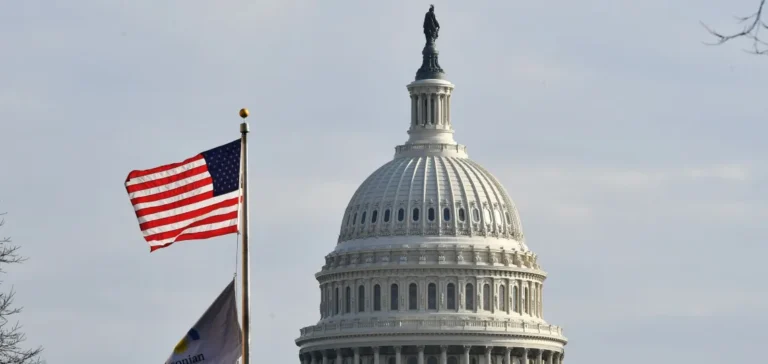The United States Federal Energy Regulatory Commission (FERC) has shifted to a Republican majority following the Senate’s confirmation of Laura Swett and David LaCerte. With a 51-47 vote, the upper chamber approved their appointments, altering the balance of this five-member authority for the first time in several years. This change could influence the regulator’s decisions through 2026, the duration of LaCerte’s term, while Swett’s mandate extends until 2030.
Laura Swett, currently a partner at Vinson & Elkins, previously worked in FERC’s Office of Enforcement and served with former Republican commissioners. David LaCerte held roles at the White House before joining Baker Botts, where he focused on Clean Air Act matters, regulatory compliance and environmental safety.
A new direction expected for gas infrastructure
With three Republican commissioners now in place, FERC could adopt a more favourable stance toward interstate pipeline projects. This approach may facilitate approval processes amid rising energy demand, driven in part by data centre growth and artificial intelligence. The Interstate Natural Gas Association of America welcomed the return to a full FERC roster, calling it a positive signal for infrastructure investors.
This majority shift comes as the executive branch increases oversight of independent agencies. A presidential order signed in February now requires these entities to submit major regulations to the White House for review. The order’s impact on FERC’s autonomy remains uncertain, though some analysts believe it could redefine the agency’s role in shaping national energy policy.
Institutional independence and technology arbitration
During their confirmation hearings, both Swett and LaCerte affirmed their commitment to resource neutrality, in line with the Federal Power Act. However, LaCerte expressed openness to revisiting the Humphrey’s Executor precedent, which has for nearly a century limited the president’s ability to remove federal agency members at will. This position raises questions about the extent of FERC’s independence in the coming years.
In a statement, Todd Snitchler, President and CEO of the Electric Power Supply Association, stressed the importance of regulatory stability. He noted that clear rules are essential to attract private capital needed to modernise the electric grid and support industrial growth.
Staffing pressures and uncertainty over leadership
According to FERC’s operational continuity plan, the agency had 1,478 employees in August, down from the 1,539 positions budgeted for fiscal year 2025. Additionally, 28 positions are currently funded through the Inflation Reduction Act, and approximately 55 staff members are participating in an administration-led deferred resignation programme. Both new commissioners stated their intent to maintain staffing levels despite structural constraints.
It remains unclear whether current FERC Chairman David Rosner, a Democrat, will be replaced by one of the new appointees. The White House has not commented on any potential internal reorganisation. Once decided, the outcome could further influence the Commission’s strategic direction, especially in balancing industrial and regulatory priorities.






















